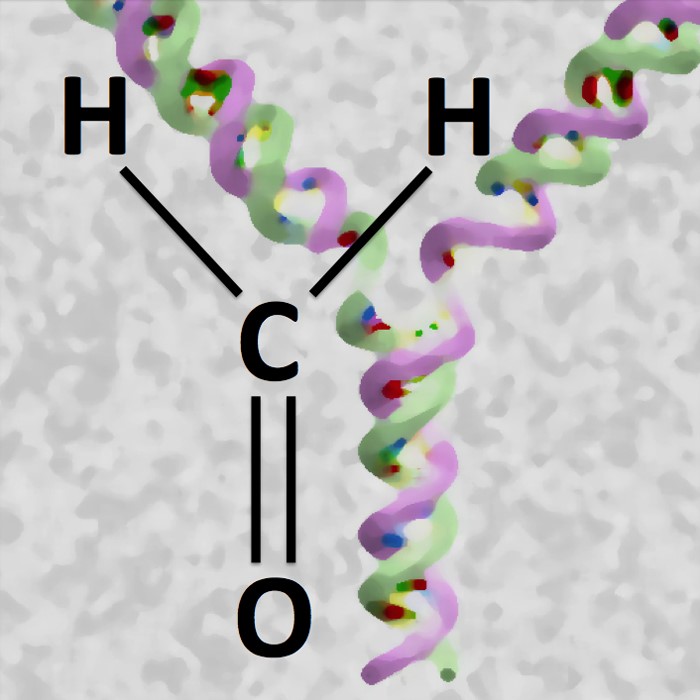Cell:抵抗致命DNA-蛋白质交联的细胞防御机制
DNA——遗传信息的载体——不断受到外因和内因的破坏。非常特殊的DNA损伤是DNA-蛋白质交联——蛋白质共价连接到DNA上。到目前为止,几乎没有人知道关于专门针对DNA-蛋白质交联的修复机制。来自于德国马克斯普朗克研究所的Stefan Jentsch的研究组,现在发现一种蛋白酶,能够剪掉DNA-蛋白质交联的蛋白组分,从而使生物体即使交联出现也能够复制它们的遗传信息。这项研究结果对基因组完整性和癌症发展的理解产生重大影响。

图片来源:MPI 的生物化学/S Jentsch
每个细胞中的DNA是非常容易受到各种类型的伤害。一种特定的损害是由活性化合物引起的,如甲醛,作为细胞反应的一种副产物产生,导致DNA-蛋白质交联(一个共价键的形成)。重要的是,这些所谓的DNA-蛋白质交联,也归因于一些抗癌药物和有毒物质,因为它们干扰基本过程如DNA复制。为了下一轮的细胞分裂之前的遗传信息复制,细胞需要解开和分离DNA双螺旋结构。DPCs通过阻断解链酶复制解链酶的方式抑制这个过程,从而防止复制,因此细胞分裂。
马克斯 - 普朗克生物化学研究所的Stefan Jentsch实验室里,科学家们现在发现蛋白酶WSS1作为一个新的修复因子剪掉DNA-蛋白质交联的蛋白质成分,从而使细胞复制其基因组。实验室的博士研究生Julian Stingele,发现细胞缺乏WSS1对甲醛尤为敏感,极易发生DNA-蛋白质交联,以及遭受基因组不稳定。值得注意的是,WSS1仅在DNA的存在时具有裂解蛋白的独特属性,这表明该酶特定为删除基因组中的共价键而设计的,从而维持基因组稳定性。
因为DNA损伤的修复对于防止癌症形成是必不可少的,至关重要的是了解潜在的细胞机制。新鉴定的DNA-蛋白质交联修复途径对快速分裂的细胞尤为重要。鉴于癌细胞分裂比大多数人类细胞快得多,WSS1可能称为未来癌症治疗的一种有吸引力的药物靶点。
原文摘要:
A DNA-Dependent Protease Involved in DNA-Protein Crosslink Repair
Julian Stingele, Michael S. Schwarz, Nicolas Bloemeke, Peter G. Wolf, Stefan Jentsch
Toxic DNA-protein crosslinks (DPCs) arise by ionizing irradiation and UV light, are particularly caused by endogenously produced reactive compounds such as formaldehyde, and also occur during compromised topoisomerase action. Although nucleotide excision repair and homologous recombination contribute to Cell survival upon DPCs, hardly anything is known about mechanisms that target the protein component of DPCs directly. Here, we identify the metalloprotease Wss1 as being crucial for cell survival upon exposure to formaldehyde and topoisomerase 1-dependent DNA damage. Yeast mutants lacking Wss1 accumulate DPCs and exhibit gross chromosomal rearrangements. Notably, in vitro assays indicate that substrates such as topoisomerase 1 are processed by the metalloprotease directly and in a DNA-dependent manner. Thus, our data suggest that Wss1 contributes to survival of DPC-harboring cells by acting on DPCs proteolytically. We propose that DPC proteolysis enables repair of these unique lesions via downstream canonical DNA repair pathways.
作者:生物帮

